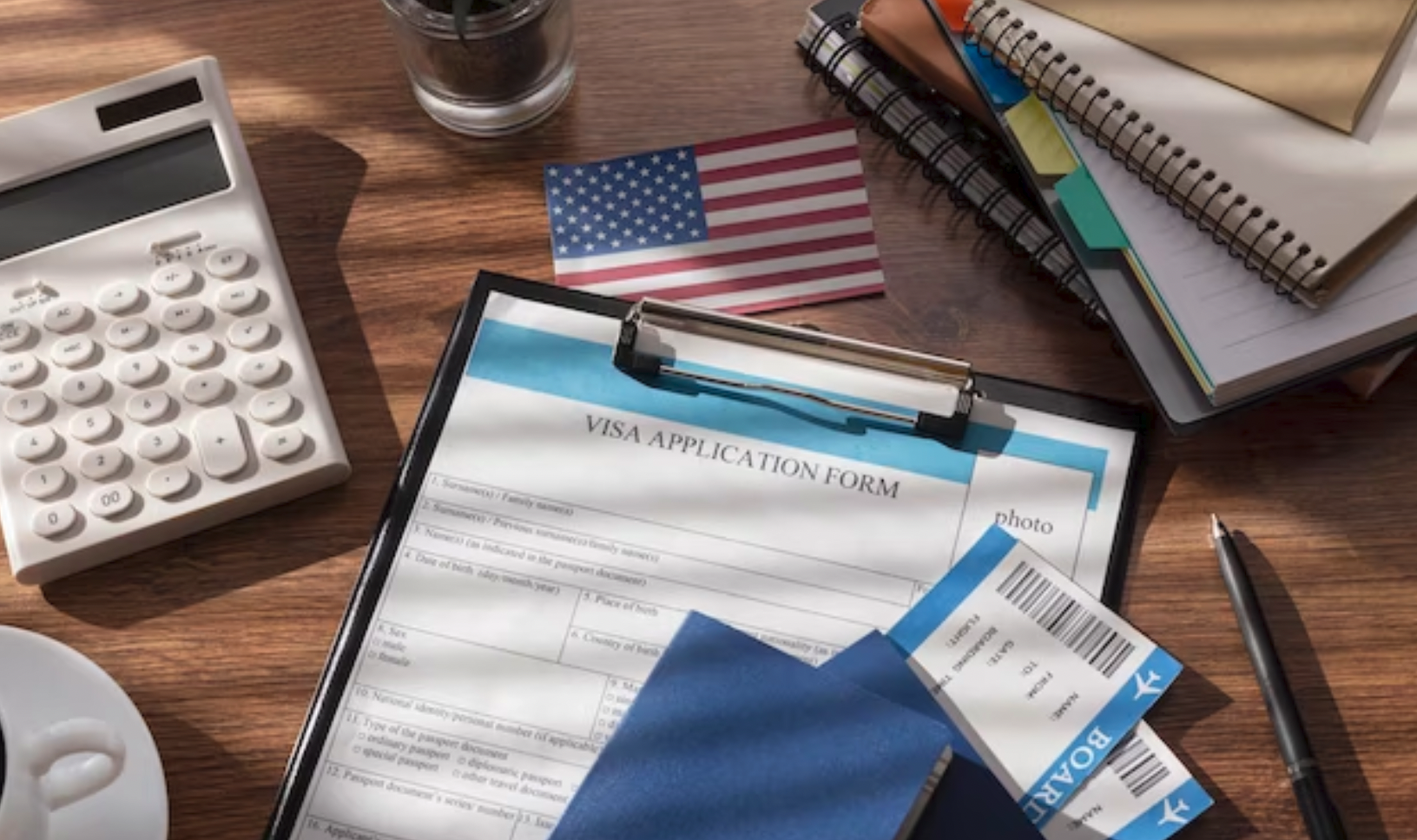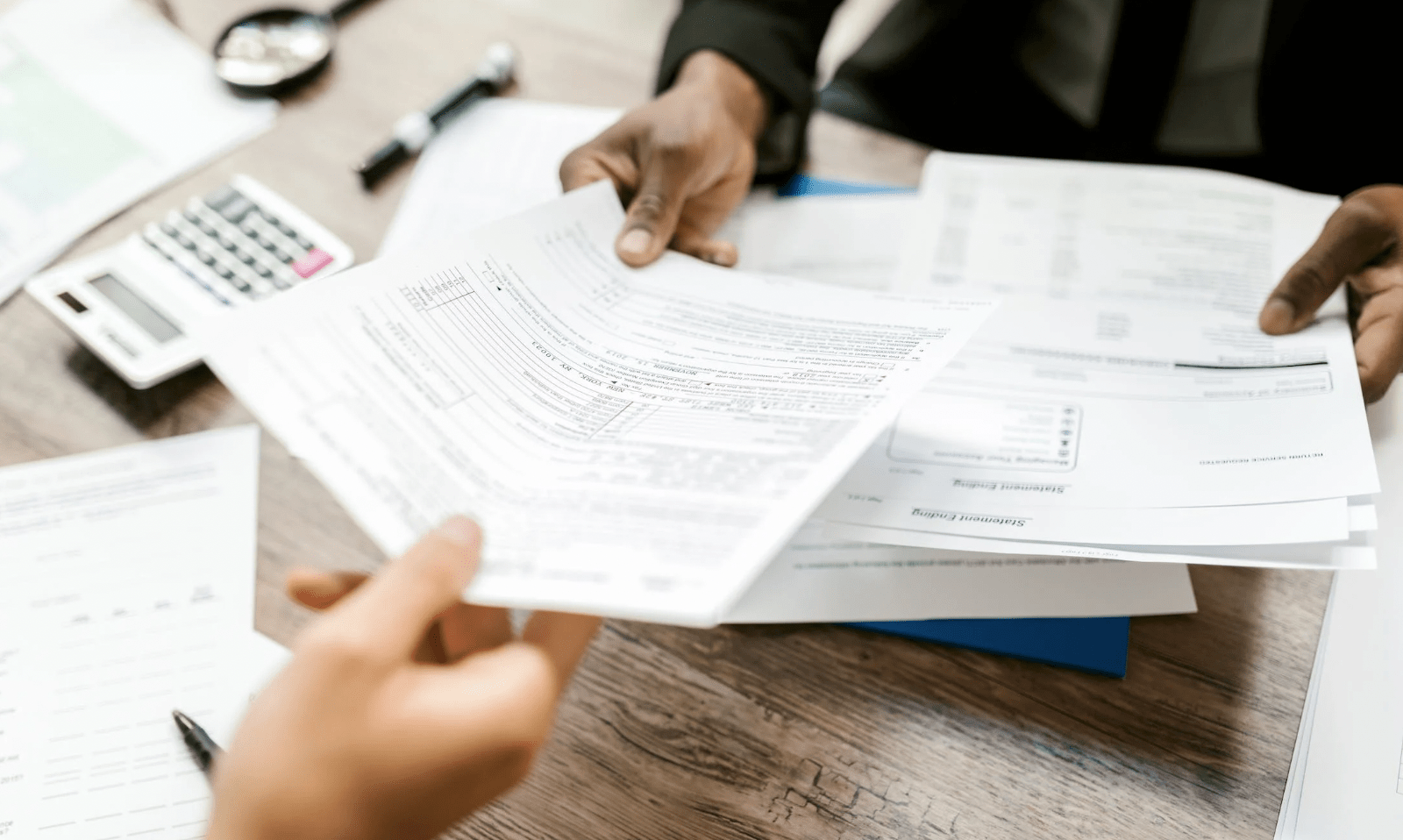Payments Reconciliation is the process of comparing bank statements against your accounting to make sure the amounts match each other. For small firms where their clients and cash flows are from fewer sources and banks, reconciliation may be fairly straightforward.
However, as a company scales, and cash inflows and outflows become more diverse, this process will soon become daunting and labour-intensive, exponentially increasing the probability of error. Therefore, we proposed numerous automated methods to alleviate the process and reduce human efforts.
This article introduces the step-by-step process of payment reconciliation, a brief history as well as the importance of checking across payments, challenges, and how deep learning-based approaches could help automate and accelerate parts of the process efficiently.
Types of Reconciliation
Reconciliation needs can vary from individuals (personal requirements) to large corporations. Let’s look at two main types of reconciliation: Personal and Business.
Personal Reconciliation
Payments reconciliation is fairly straightforward — it is the process of comparing personal account statements with that receipts. Doing so, it allows us to investigate and discover whenever a fraud occurs. In addition, such methods would also ensure that the financial transactions of an individual did not contain any errors.
Although we perform the fairly simple task of personal reconciliation daily without noticing, we can expedite the process with automated methods.Recent technologies have developed mobile applications that allow users to scan in receipts and automatically perform data extraction and recordings on the products and corresponding prices. Credit card and banking apps offer pop-up notifications of money being withdrawn or spent, allowing us to easily perform top-level reconciliations in a blink of an eye.
Business Reconciliation
Payments Business reconciliation, on the other hand, is a much bigger and more complex task. Companies must consult their multiple accounts across each sector against all the purchase records to prevent any unintended cash flows. The scale of such transfers are much bigger & may go through multiple accounts making the process more risky and difficult. Therefore, the reconciliation process is much more difficult to handle and requires multiple steps before finally the results are out. Firms usually perform these reconciliations either monthly or quarterly and often receive assistance.
Along with making sure that we currently record the revenues and costs, we consider business reconciliation very important for taxes. Taxes of companies are based on several important factors such as assets and sales. It would only be accurate if they perform reconciliations properly to ensure the correctness of the taxes imposed.
The Need for Payments Reconciliation
Payments reconciliation is crucial for any company, be it large or small. It is an opportunity to perform any analysis to gather insights and detect any fraudulent activity. One must repeat the process multiple times a year, usually monthly or once a quarter. The following section discusses some of the important applications for Payment Reconciliation.
Cashflow Visibility and Compliance
Firms require Clear and visible cash flows to their investors as stipulated by financial regulators and accounting standards to prevent fraudulent activities. Financial reports must be balanced in terms of assets and liabilities, necessitating the need for reconciliation to ensure the accuracy of all details.
Business and Financial Planning
After a proper reconciliation process, these records can also be used for further financial planning. Purchases or costs that are too big can be reduced and transactions that require much higher transaction fees may be investigated to reduce any unnecessary charges.
As the entire reconciliation process involves multiple phases and tasks, selecting and incorporating multiple programs and automated approaches is important to ensure the process runs smoothly.
Documents Involved
For large companies, numerous documents are involved to perform reconciliation. Bank statements, receipts, invoices, as well as all billing paperwork are required for detailed cross-check to bookkeep the record.
Internal and External Reconciliation
When an error occurs, it is also important for the company to figure out whether the fault is internal or of the banks’. It may be a result of a breach if the error took place externally, which happens rarely but still possible.
Nowadays, payment reconciliation is usually done through accounting software and deep learning assisted tools. However, this wasn’t always the case. Before the widespread use of computers, companies still had to perform cross-checks and bookkeeping. This section describes the traditional approach as well as the potential risks involved in each stage with reference to the aforementioned pipeline.
Use of Papers/Manual Entries in Payments reconciliation
Before the digital era, all receipts and bank statements were in handwritten texts with no universal formats, not to mention there was no OCR available at all. Therefore, the document data extraction process could only be done with pen and paper, slowly listing out transactions of each process. Instead of online databases, firms usually keep records in a large number of books that constantly require an update when new entries come in.
Manual entries are extremely costly especially when a company’s size is large. It would also be important to ensure that transactions were recorded in a similar manner between each recorder to ease up the difficulty of comparison between different records.
Complex Logic in Payments reconciliation
When a company is small, with single or limited sources of income, comparing data is fairly easy. However, when high volume of transactions take place in a many-to-many relationship with other data, along with the limited time given to workers, it may be possible for workers to write off or simplify omit some of the transactions.
The stakes are high as more and more transactions are dealt carelessly whether intentionally or unintentionally, as the small write-offs could build up and lead to more significant errors.
Manual Checks and Communication in Payments reconciliation
Despite the difficulty in manual entries, the most challenging aspect of reconciliation in the traditional approach is the manual checks.
If an error, during the payments reconciliation stages, it is necessary to compare it against records from multiple documents. This can be a huge problem. Since transactions are everywhere with no actual database to keep track of, it is even more difficult. One has to check for any error through communication between different functions of the company.
Communication causes a set of risks on top of the original mistake-ridden records further creating difficulties. All the efforts put into cross-checking become another great yet inevitable expenditure to companies.
Difficult to add insights
Finally, it is more challenging to focus on areas that are riskier or to analyse trends. Improved and simplified transactions become a priority over repetitive procedures like manual comparison.
RPA, on the other hand, is a set of software programs that utilise machine learning to mimic workers. Instead of creating a set of processes to use, RPA learns from human behaviours. This ultimately reduces human effort in repeatedly typing in entries and further minimises errors because of fatigue.
The two processes mentioned in the previous sections are constrained to repeated tasks (RPA), or post-facto operations after all entries are entered (ERP). Therefore, software replacing the process of detecting data from various formats and documents still remains an open area — this is where OCR takes the main role.
The circulation of Bank statements and receipts are often in printed or handwritten formats. We can upload photographs of them into our drives, but machines see them merely as coloured pixels with no real contextual meanings. The process of OCR is thus applicable to convert them into structured data so that we could perform the following:
- We can perform statistical analysis of numerical data by pointing out which numbers represent which aspects of the transaction using natural language processing (NLP) based on the semantic meanings of titles within each block.
- Checking handwritten texts or other texts that are at a higher risk of error and perform anomaly detection via deep learning or traditional machine learning approaches. Report any part that may be worth a review. If the accuracy is fairly high, companies can quickly spot mistakes at an early stage without having to look through all the details.






